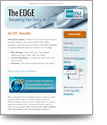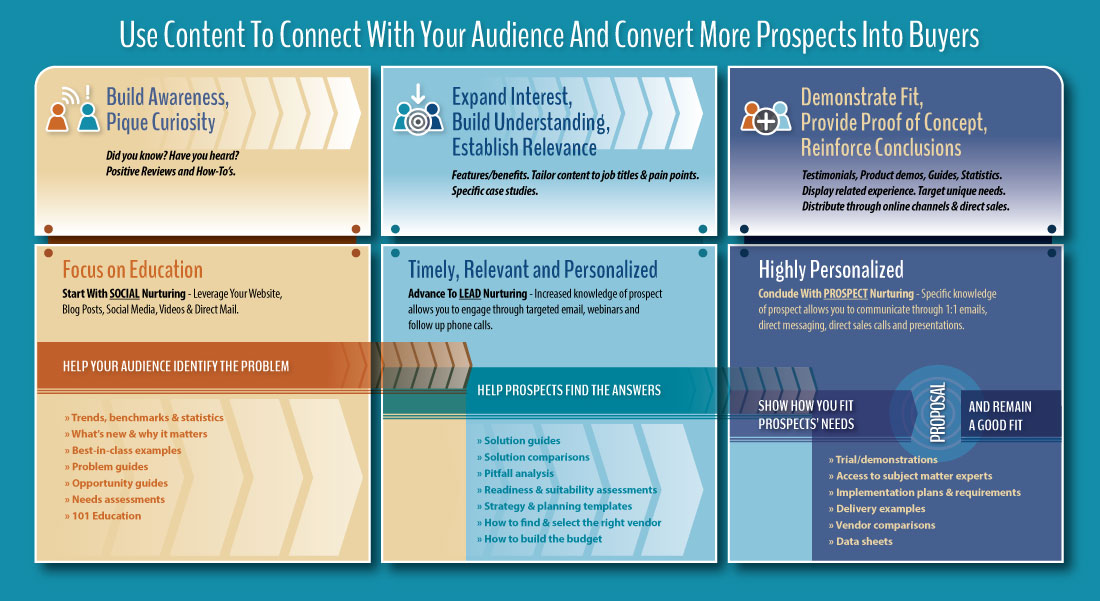
How do you create a memorable website? Take a lesson from your work commute.
How many times have you arrived at work after your morning commute and you don’t remember your drive? It’s normal. Your mind wanders to an upcoming meeting or the test your daughter has later that day. Indeed, you really were paying attention. You navigated your route and arrived safely.
But what happens when the norm is disrupted? For example, bridge construction forces you to change course, extending your trip and causing you to scramble for an alternative to your regular Starbucks.
The details come into focus, even without the caffeine.
Furthermore, a good surprise impacts you in a similar fashion. If you’ve battled construction and slow-moving traffic all summer and arrive at the same trouble spot to find that all lanes are open, it is also memorable.
Here’s why. Our brains operate with two different memory systems. The implicit or habitual system allows us to do things, like our normal drive to work, on automatic pilot. Our declarative memory is our conscience thought. It guides us around the detour and quest to find the next best Starbucks location and elevates our satisfaction knowing that we no longer have to leave 15 minutes early to arrive at work on time.
But, driving isn’t the only time our brain goes on cruise control. In fact, it occurs numerous times at work each day during routine actions.
Do You Have A Memorable Website Or Does It Cause Prospects To Go On Autopilot?
We all open emails, visit websites and conduct numerous other digital interactions at work every day. Not all require close attention. But, for those that do, how many are like that routine drive to work? We go through the motions but can’t recall the sender, the site or other details. And even worse, we remember some of the others, but in a negative way. Because just like the surprise detour, it creates an adverse reaction.
Develop a memorable website so prospects remember you in a positive way, by taking these steps to help them get the information they need.
1 Who Are You And What Do You Do?
For prospects that don’t know your business or don’t use your full suite of services, it’s essential to quickly convey who you are and what you do. When prospects reach your site, they spend approximately 5.59 seconds reviewing written content.
But, here’s what happens next. If they don’t quickly understand what you do, they look elsewhere.
Unfortunately, websites often fail to convey this information. It’s the digital equivalent of your normal commute. So instead, provide one sentence that details the end-benefit you’re offering so they can quickly understand, and remember, what you do.
2 How Can You Help Me?
In the early days of the Internet, websites were a curiosity. But today we visit a website with something specific in mind. Maybe it’s to place an order for a product or conduct research on a specific topic. But, the common thread for most visits is, how can you help me?
3 Does Your Website Provide That Definition?
As soon as a visitor arrives on your site, you need to show them the value of what you’re offering and how it connects to their needs.
When we’re immersed in our business, it’s easy to extrapolate how our capabilities translate into beneficial customer value. But, our customers often don’t speak the same language. So, spell that value out as clearly as possible.
If your business delivers the most cost-effective solution in the industry, say that.
If you help customers address a particular challenge or pain point, explain what that problem is and how you solve it.
Regardless of how you deliver value to your customers, highlight the information clearly on your homepage.
4 How Can I Trust You?
The Amazon electronic products category gets almost 14 reviews per hour. Most B2B companies don’t even have 14 reviews in total. Yet, prospects that are interested in your capabilities use this type of information to help them finalize a purchasing decision, So, in lieu of online reviews, how can you show prospects that you are a good company and one worth trusting?
In fact, testimonials, samples and case studies are effective trust-building vehicles. Supporting your marketing claims with evidence is much more likely to positively influence prospects than just making those claims. It's another component that creates a memorable website.
Testimonials are qualitative, heartfelt and invoke some level of emotion. Conversely, case studies and samples are quantitative, providing tangible details and specific data points. Combining the two on your website elevates your trust quotient making it more likely you’ll engage prospects when they are ready to make a purchasing decision.
5 Functional, Effective And Memorable
The average person visits nearly 100 websites and participates in hundreds of other digital interactions each day. Unfortunately, many aren’t what we hoped for and set our brain on autopilot.
Instead, create a memorable website and friction-free experience. When you answer user’s questions helping them understand who you are and what you do, how you can help and why you are trustworthy, it engages their declarative memory. And, it makes it far more likely that the prospect will return, learn more about you and become a paying customer.
InterEdge Marketing web strategy services help companies elevate their website to connect with more targeted prospects and drive revenue.



 Insight Delivered Directly to You Interesting topics, great offers and free marketing tools.
Insight Delivered Directly to You Interesting topics, great offers and free marketing tools.

